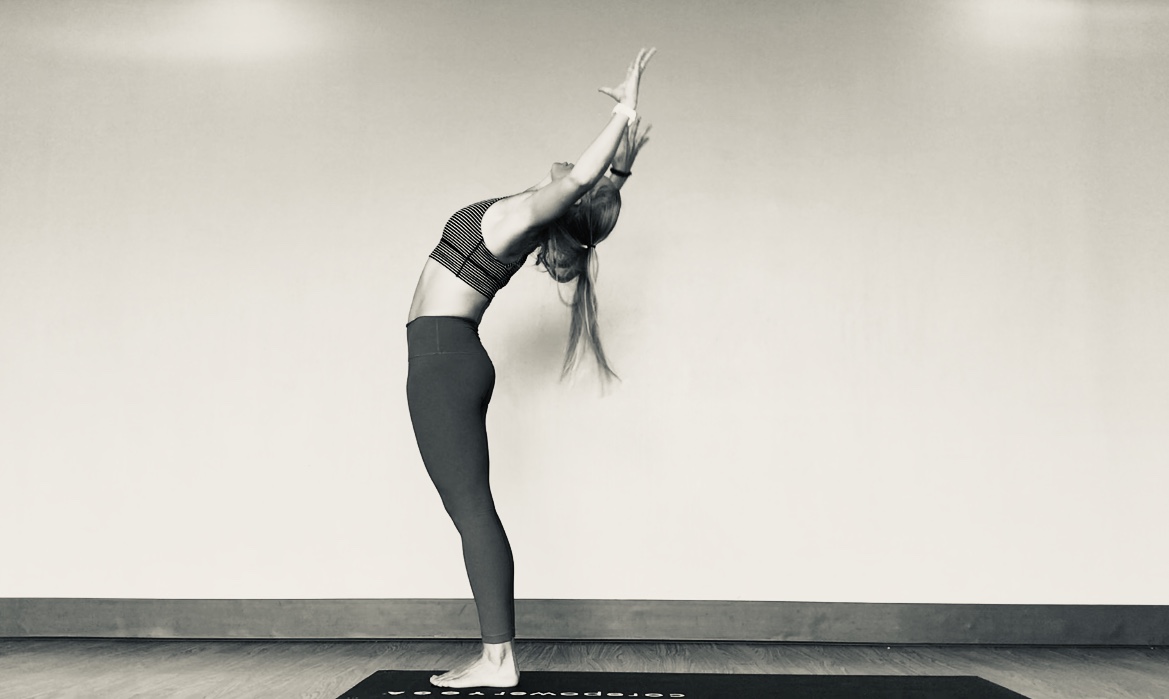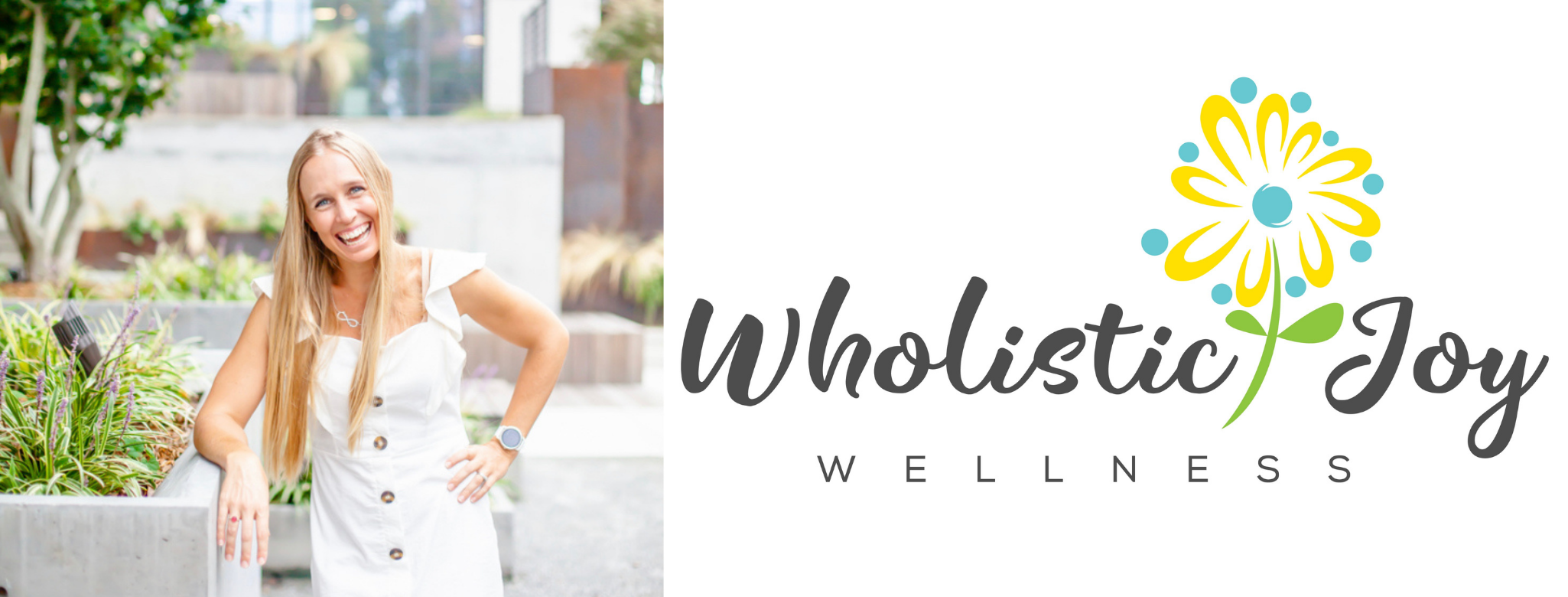Start an at home yoga practice in just 8 simple steps

For a lot of us, it is not easy to get to a studio. Life gets in the way and we find ourselves without the necessary time. Alternatively, if you are looking for some friendly beginner yoga sequences, then you may feel nervous or want to get a bit of experience before you brave the public down dogs. Or perhaps you simply want to include a bit more peace into your home routine? Whatever the reason, a home practice is not that difficult to implement. Below I have highlighted a few simple steps for developing a home yoga practice.
Why Do Yoga In The First Place?
First off, why incorporate yoga into your life in the first place? In my opinion, including even a small amount of yoga into one’s day can be hugely therapeutic, both mentally and physically.
When I am in a good yoga rhythm, my mind feels clearer. I have more patience, I am more aware of my moods, reactions and temperament. I respond better to other people and generally am just happier. Physically, my body has more energy, I feel more limber, able to move more freely. And, indirectly, I find myself turning more toward healthier food options and general lifestyle practices. Its almost as if my whole being is cloaked in sunlight.
On the journey to self-improvement, I believe a regular yoga practice is an essential element.
Studio Yoga vs Home Yoga
There was a time, before kids, before I ran my own business, that I was able to get to a studio a few times a week. I had the 2 hours that was required to drive, park, practice and get home. I loved it.
There is something magical about sharing a yoga practice with other sweaty, focused people – one cannot help but get captured by the energy of the room; sharing your own passion with others, while simultaneously absorbing their passion and energy in return.
However, the ability to get to a studio for a full hour of yoga is now a distant memory. And, if you’re reading this, chances are you don’t have the required 2 hours either.
Which brings me to the challenge I am currently facing – how to successfully adopt a home practice.
A home yoga practice is never going to be the same as an energetic studio yoga session, but it is not meant to be. And, with a few adaptations, focuses and mental shifts, you can create something that is beautifully special for you in its own unique way.
So, let’s break it down. How do you do it?
8 steps to creating a home yoga practice:
- Make sure you have the basic equipment – this would obviously include a mat and some comfy clothes that you feel able to move freely in. You don’t need anything fancy or expensive. My tips for mat purchases would be:
- make sure it is slip-free, especially if you get sweaty
- thick vs thin mats – I prefer a thin mat. It can be a little hard on the knees, but being on a harder surface makes balancing more accessible. Thick mats, while making balancing a little trickier, are easier on the bones. So, if you have sensitive knees etc, perhaps a thick mat would suit you better.
- in terms of clothing, make sure you can move easily and nothing is restricting you.
- wear clothing that you are happy to sweat in.
- I prefer tighter shirts because then they don’t fly up around my face when my head is below my heart
- no shoes or socks required
- Make some space, part 1 – you need to have a space in your house, or outside, where you can outstretch your arms and legs without banging into things
- Make some space, part 2 – try and ensure this space in your house is not somewhere you will get easily distracted. It is helpful to avoid rooms that your kids may be running in and out of, where your computer may light up, that is unusually noisy etc.
- I created a little space outside. The plus is that, when I’m there, I feel like I’m in my own little bliss bubble. The downside, when it rains I’m in a pickle.

- I created a little space outside. The plus is that, when I’m there, I feel like I’m in my own little bliss bubble. The downside, when it rains I’m in a pickle.
- Put aside some time – I find it best to try and set aside the same time each day; a time where you know you have free several days a week. Routine is incredibly helpful, especially as you start out building your home practice. In the early weeks and without the accountability that comes from working out at a studio/gym, routine is going to be your ally.
- Get some guidance – if you are just starting out, then definitely get some guidance. There are plenty of videos online and virtual classes you can join. Find something simple, short, and that suits your personality. In time you will be able to detach from the videos and move more freely.
- Start out small – if you go into this aiming to match what you achieved at your studio (an hour long, sweaty, challenging workout), you are going to get frustrated and give up quickly. If you are new to yoga, then it may take some time for your body to get used to the new shapes and movements. Either way, rather than aiming for a full hour, challenge yourself to just 15 minutes. It is better to do small practices often than big practices sporadically.
- Move in a way that you love – when you practice at a studio, you naturally will hit all areas of the body (all 3 planes, core, hips, spine and so on). As such, you may think that your home practice has to be the same. Again, don’t start out this way. Instead, start out by moving exactly as your body and mind wants to each day. If you are loving what you are doing, you are more likely to come back to your mat tomorrow. In time, as the practice begins to stick, you will naturally start evolving your movements.
- Always set an intention – an intention is a word, phrase, or person that you “dedicate” your practice to. It is a grounding awareness that connects you to the true purpose of your practice. For example, you could set an intention of peace one day. Think about how helpful this may be when you find yourself getting frustrated at your balance or when you want to beat yourself up for only managing 10 minutes instead of 30? Change your intention each day according to how you are feeling and what you need that particular day.

And thats it. 8 simple steps and hopefully you will be well on your way to including more focus and peace into your days.
This article is a product of Wholistic Joy Wellness, integrative wellness coaching. To learn more, click here.
SaveSave
SaveSave
SaveSave
SaveSave
SaveSave
SaveSave
SaveSave
SaveSave
SaveSave
About The Author
Tara
Related Posts
Meditation: within the silence of winter lies the magic of possibility
Every breath is a cycle, just as every life and year is a cycle. As…
December 9, 2020

